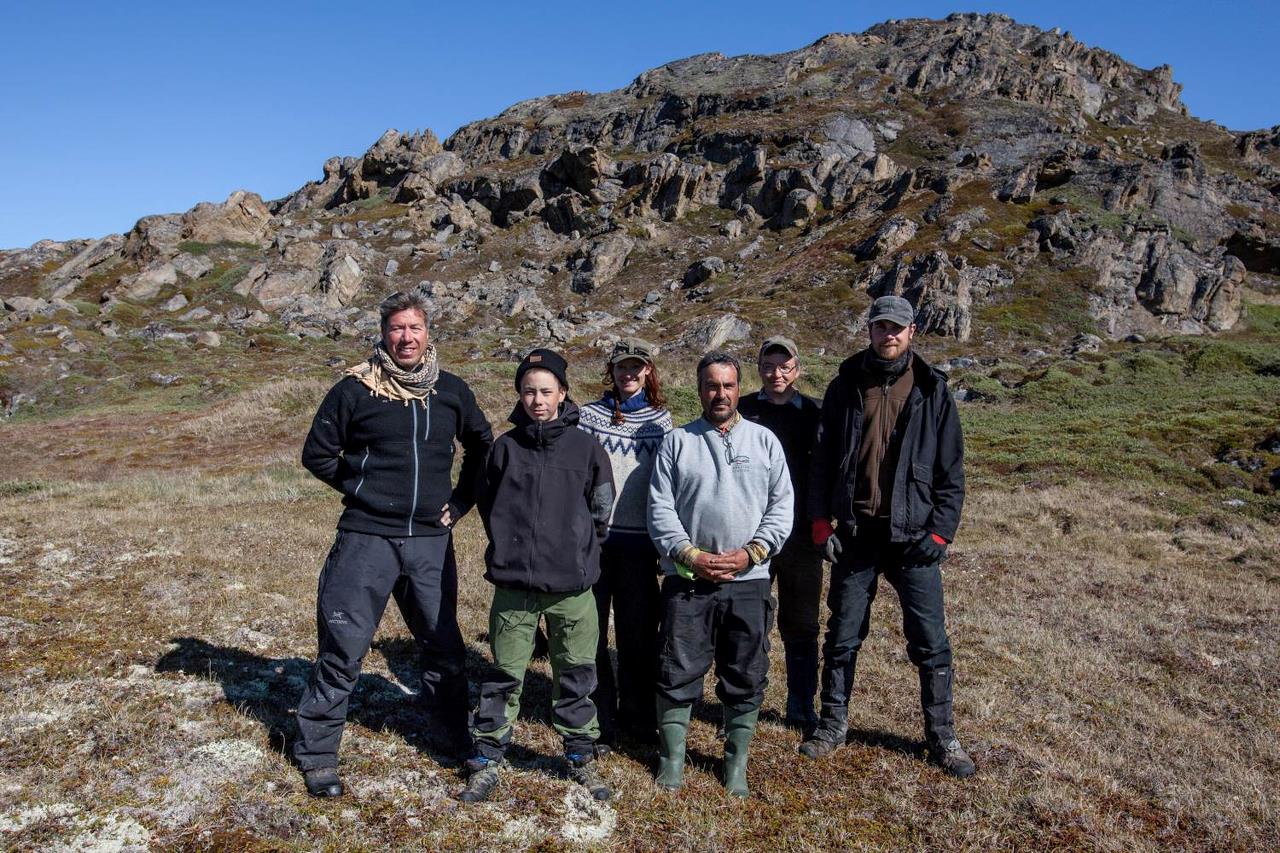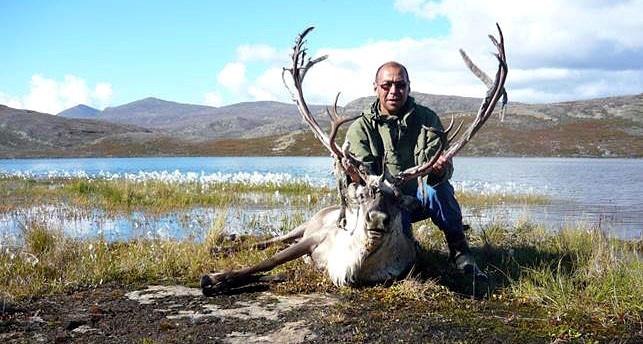UNESCO: Aasivissuit-Nipisat, Inuit Hunting Ground between Ice and Sea
Sisimiut Museum is co-signatory on a nomination for a UNESCO World Heritage Site submitted in January 2017. In the summer of 2017 we hosted a UNESCO delegation.
Sisimiut Museum displays some of the most important archaeological finds from the Aasivissuit-Nipisat area, including Greenland’s oldest dog jaw, found on a Saqqaq summer camp.
In 2018 it was decided that Aasivissuit-Nipisat is officially a UNESCO World Heritage Site.
Read the press release here.

UNESCO World Heritage Site Aasivissuit - Nipisat

Picture: Kristian Kreutzmann
Text by: Jens Fog Jensen, Statens Naturhistoriske Museum
The nominated property covers 417,800 ha and is situated just north of the Arctic Circle in the central part of West Greenland. The c. 235 km long and up to 20 km wide area extends from the sea in the west to the dynamic ice sheet in the east.
The nominated cultural landscape lies at the heart of the largest ice-free area in Greenland which, in combination with the transitional coastal zone between the ´open water area´ and the high-arctic area of land-fast winter ice, has made it exceptional as a hunting ground for people through millenia. The long settlement history is evident everywhere in the form of numerous ruins of turf houses as well as for example way-marker cairns and trails that lead from the coast to the interior, where there are reindeer-hunting camps and spectacular systems of hunting drives.
The property contains Greenland’s most complete and best preserved ancient monuments dating from 2500 BC onwards. They are testimony to long-term sustainable resource exploitation, based on seasonal migrations between the coast and the interior. The ruins from colonial times on the coast bear witness to the arrival of Europeans in the 18th century and their subsequent interaction with Inuit.
To this day, hunters and their families undertake long seasonal hunting trips in Aasivissuit – Nipisat. They travel along the familiar trails and set up camp at the old, established settlements, thereby keeping the traditions alive and forging a deeply-founded link between past and present.
Aasivissuit – Nipisat contains all the necessary elements for a description of the outstanding universal value of an ‘Inuit hunting landscape’. The property contains an unusually large number of settlement remains in the form of winter houses, graves, caches and the big summer camp of Aasivissuit which, in addition to dwelling structures, is also characterised by the largest communal hunting system known in Greenland. In chronological terms, the nominated property contains archaeological traces from all the most significant epochs, extending from the Saqqaq culture in 2400 BC to the Greenlandic Dorset, Thule, historical Inuit and colonial habitations.







